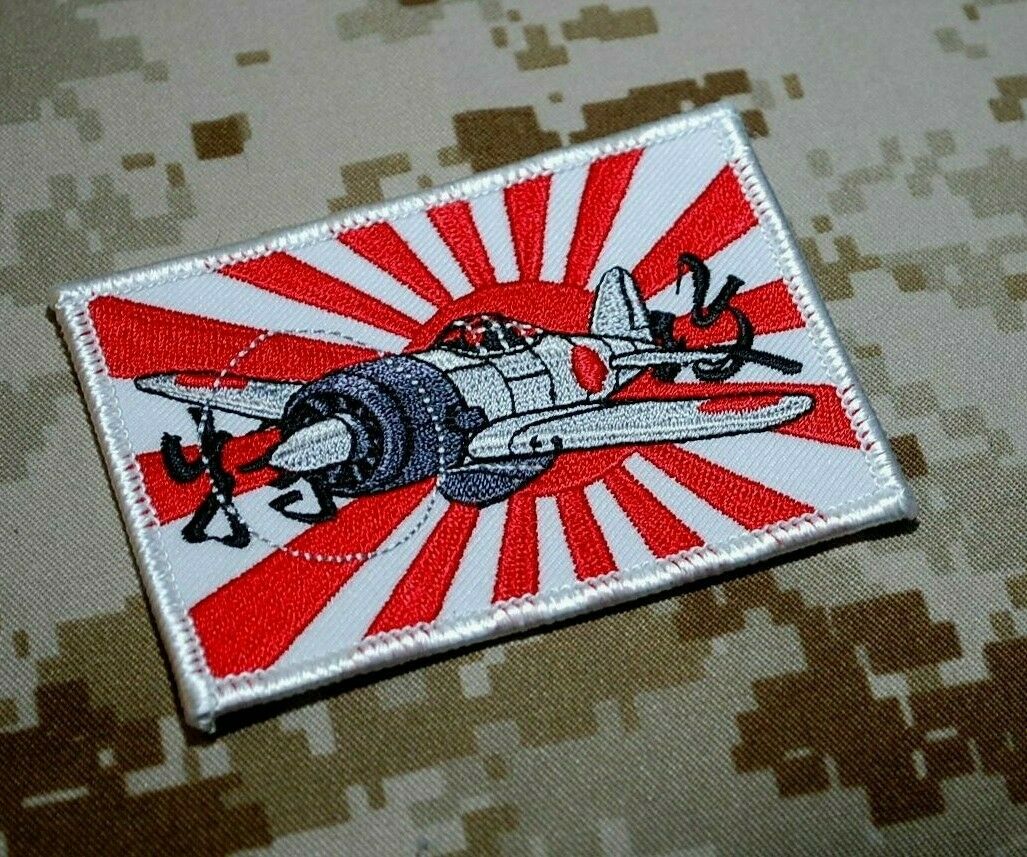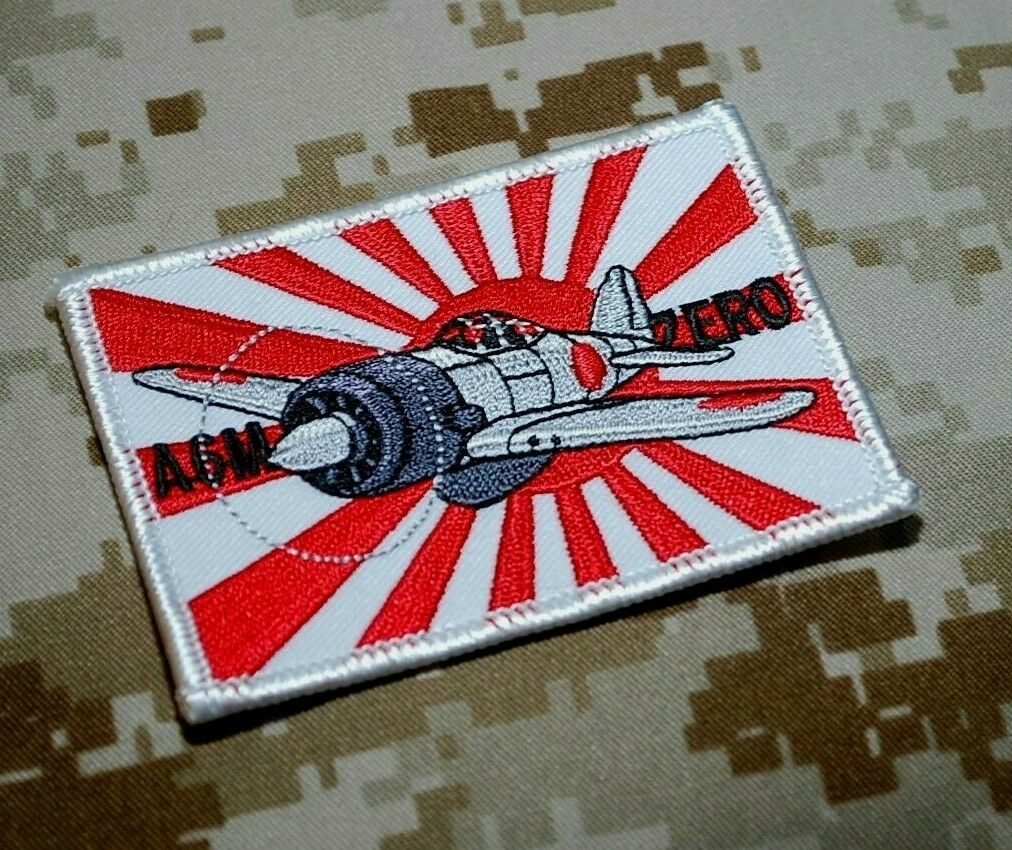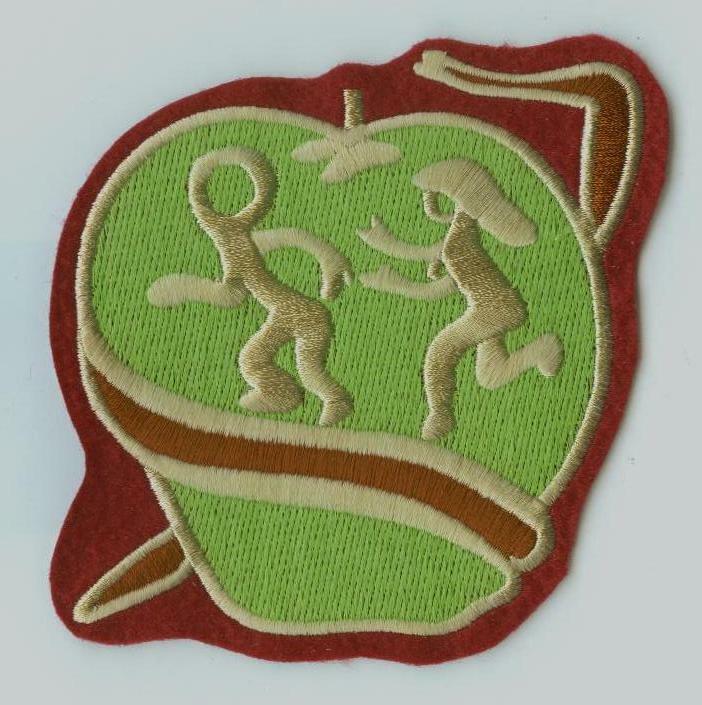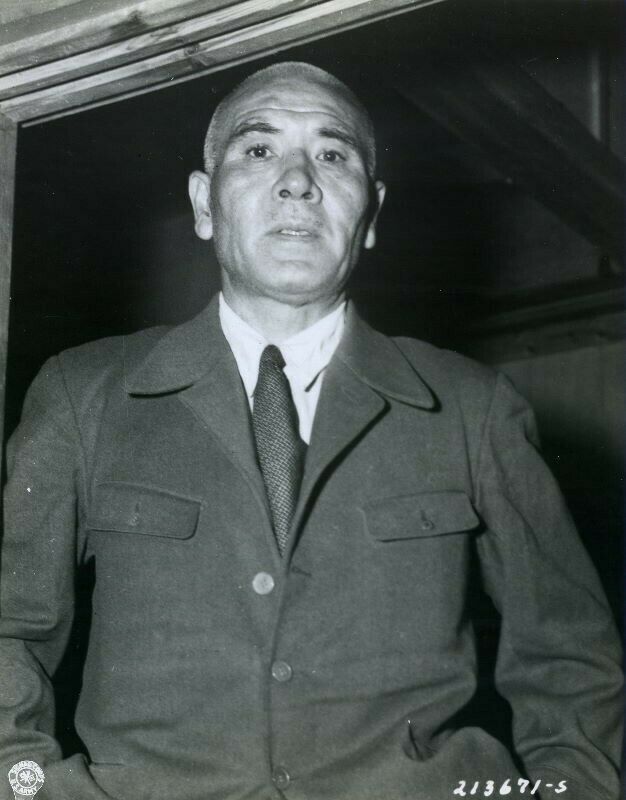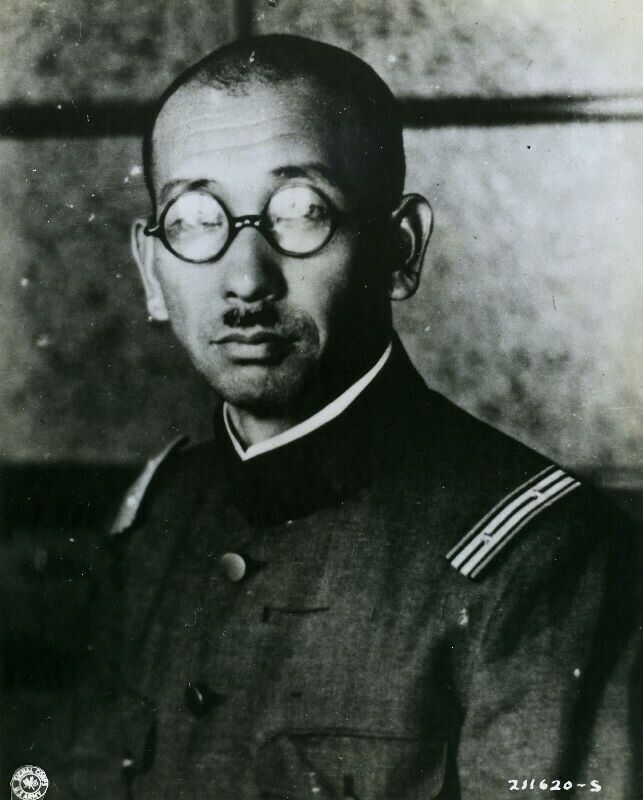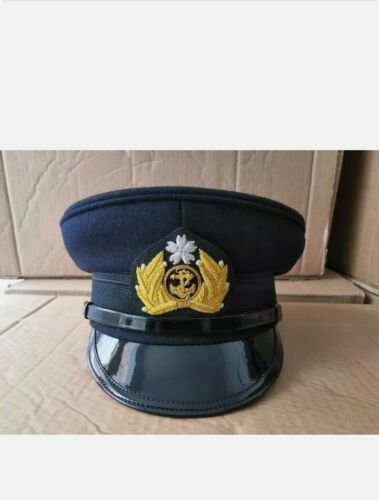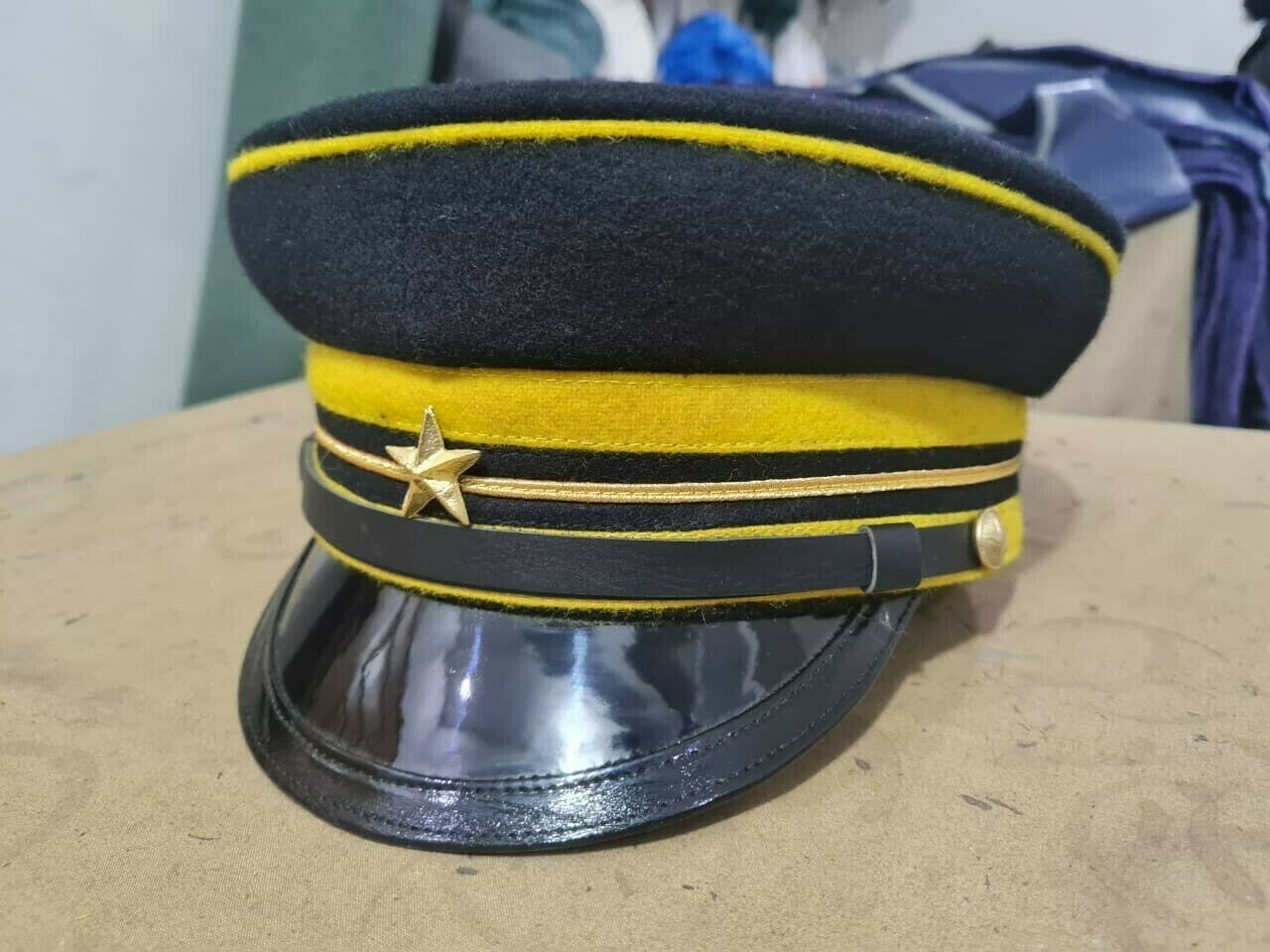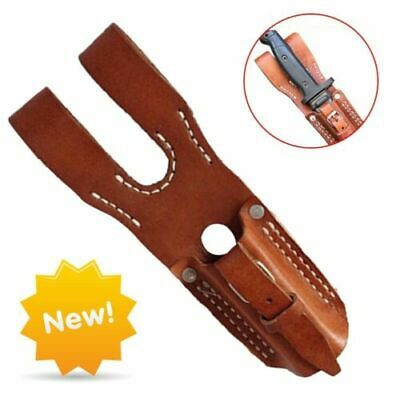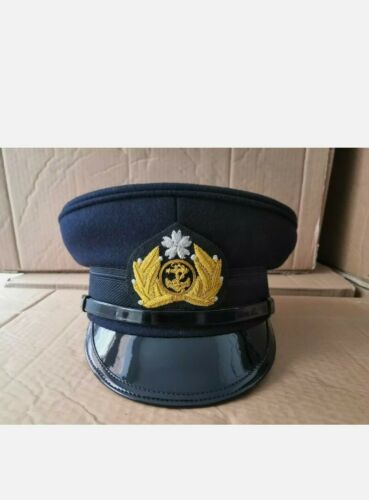-40%
WWII Japanese Tokubetsu K┼Źgekitai Kamikaze A6M5 52c Zero ķøČÕ╝Åńź×ķó©ńē╣Õłźµö╗µÆāķÜŖ iron-on Patch
$ 7.91
- Description
- Size Guide
Description
WWII Imperial┬ĀJapanese Tokubetsu K┼Źgekitai Kamikaze A6M5 52c Zero ķøČÕ╝Åńź×ķó©ńē╣Õłźµö╗µÆāķÜŖ iron-on PatchThis is a very special
WWII Imperial Japanese Tokubetsu K┼Źgekitai Kamikaze A6M5 52c Zero ķøČÕ╝Åńź×ķó©ńē╣Õłźµö╗µÆāķÜŖ iron-on Patch. You will receive the item┬Āas shown in the first photo.
Your original SSI shades of color may vary from different US-Made batch/location and/or PC settings.┬ĀPlease note that there are color variations due to different settings on different PCs and different Monitors. The color shown on your screen is most likely not the true color.
Kamikaze┬Ā(ńź×ķó©,┬Ā[kamiĻ££kaze]; "divine wind" or "spirit┬Āwind"), officially┬ĀTokubetsu K┼Źgekitai┬Ā(ńē╣Õłźµö╗µÆāķÜŖ, "Special Attack Unit"), were a part of the┬ĀJapanese Special Attack Units┬Āof┬Āmilitary aviators┬Āwho initiated┬Āsuicide attacks┬Āfor the┬ĀEmpire of Japan┬Āagainst┬ĀAllied┬Ānaval vessels in the closing stages of the┬ĀPacific campaign┬Āof┬ĀWorld War II, designed to destroy┬Āwarships┬Āmore effectively than possible with conventional air attacks. About 3,800┬Ākamikaze┬Āpilots died during the war, and more than 7,000 naval personnel were killed by┬Ākamikaze┬Āattacks.[2] Kamikaze┬Āaircraft were essentially pilot-guided explosive┬Āmissiles, purpose-built or converted from conventional aircraft. Pilots would attempt to crash their aircraft into enemy ships in what was called a "body attack" (tai-atari) in planes loaded with a combination of explosives, bombs, and┬Ātorpedoes. Accuracy was much higher than that of conventional attacks, and the payload and explosion larger; about 19% of┬Ākamikaze┬Āattacks were successful. A┬Ākamikaze┬Ācould sustain damage that would disable a conventional attacker and still achieve its objective. The goal of crippling or destroying large numbers of Allied ships, particularly aircraft carriers, was considered by the Empire of Japan to be a just reason for sacrificing pilots and aircraft. These attacks, which began in October 1944, followed several critical military defeats for the Japanese. They had long since lost aerial parity as a result of having outdated aircraft and enduring the loss of experienced pilots. Japan suffered from a diminishing capacity for war and a rapidly declining┬Āindustrial capacity┬Ārelative to that of the Allies. Japan was also losing pilots faster than it could train their replacements. These combined factors, along with Japan's unwillingness to surrender, led to the use of┬Ākamikaze┬Ātactics as Allied forces advanced towards the┬ĀJapanese home islands. The tradition of death instead of defeat, capture and shame was deeply entrenched in Japanese military culture; one of the primary values in the┬Āsamurai┬Ālife and the┬ĀBushido┬Ācode was┬Āloyalty┬Āand┬Āhonor┬Āuntil death.[3][4][5][6][7]┬ĀIn addition to kamikazes, the Japanese military also used or made plans for non-aerial┬ĀJapanese Special Attack Units, including those involving┬Āsubmarines,┬Āhuman torpedoes,┬Āspeedboats┬Āand┬Ādivers.
The┬ĀMitsubishi A6M┬Ā"Zero" is a long-range┬Āfighter aircraft┬Āformerly manufactured by┬ĀMitsubishi Aircraft Company, a part of┬ĀMitsubishi Heavy Industries, and operated by the┬ĀImperial Japanese Navy┬Āfrom 1940 to 1945. The A6M was designated as the Mitsubishi┬ĀNavy Type 0 carrier fighter┬Ā(ķøČÕ╝ÅĶē”õĖŖµł”ķŚśµ®¤,┬Ārei-shiki-kanj┼Ź-sent┼Źki), or the Mitsubishi A6M Rei-sen. The A6M was usually referred to by its pilots as the┬ĀReisen┬Ā(ķøȵł”, zero fighter), "0" being the last digit of the┬Āimperial year┬Ā2600 (1940) when it entered service with the Imperial Navy. The official┬ĀAllied reporting name┬Āwas "Zeke", although the use of the name "Zero" (from Type 0) was used colloquially by the┬ĀAllies┬Āas well. The Zero is considered to have been the most capable┬Ācarrier-based┬Āfighter in the world when it was introduced early in┬ĀWorld War II, combining excellent maneuverability and very long range.┬ĀThe┬ĀImperial Japanese Navy Air Service┬Ā(IJNAS) also frequently used it as a land-based fighter. In early combat operations, the Zero gained a reputation as a┬Ādogfighter,┬Āachieving an outstanding kill ratio of 12 to 1,┬Ābut by mid-1942 a combination of new tactics and the introduction of better equipment enabled Allied pilots to engage the Zero on generally equal terms.┬ĀBy 1943, due to inherent design weaknesses, such as a lack of hydraulic ailerons and rudder rendering it extremely unmaneuverable at high speeds, and an inability to equip it with a more powerful┬Āaircraft engine, the Zero gradually became less effective against newer Allied fighters. By 1944, with opposing Allied fighters approaching its levels of maneuverability and consistently exceeding its firepower, armor, and speed, the A6M had largely become outdated as a fighter aircraft. However, as design delays and production difficulties hampered the introduction of newer Japanese aircraft models, the Zero continued to serve in a front-line role until the end of the┬Āwar in the Pacific. During the final phases, it was also adapted for use in┬Ākamikaze┬Āoperations. Japan produced more Zeros than any other model of combat aircraft during the war.
You will receive the item as shown in the first photo.
Other items in other pictures are available from my eBay Store.
**IF YOU NEED ITEM OTHER THAN THE ONE IN THE 1ST PHOTO, PLEASE LET ME KNOW W/YOUR ORDER**
. They will make a great addition to your SSI Shoulder Sleeve Insignia┬Ācollection. You find only US Made items here, with the same
LIFETIME
warranty.
**
eBay REQUIRES ORDER BE SENT WITH
TRACKING
, PLEASE SELECT
USPS 1ST CLASS SERVICE w/TRACKING
**
**
eBay REQUIRES ORDER BE SENT WITH
TRACKING
, PLEASE SELECT
USPS 1ST CLASS SERVICE w/TRACKING
**
We'll cover your purchase price plus shipping.
FREE 30-day No-Question return
ALL US-MADE PATCHES HAVE┬ĀLIFETIME┬ĀWARRANTY
We do not compete price with cheap import copies.
Watch out for cheap import copies with cut-throat price;
We beat cheap copies with Original design, US-Made Quality and customer services.
Once a customer, a LIFETIME of services
